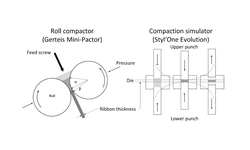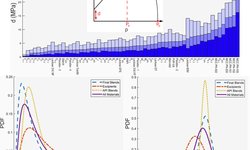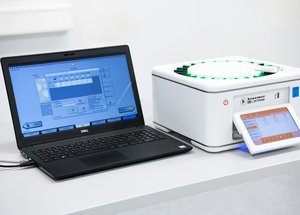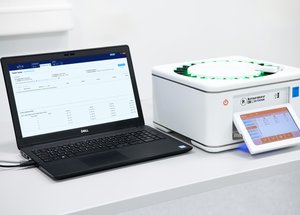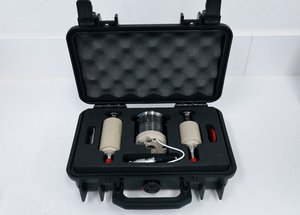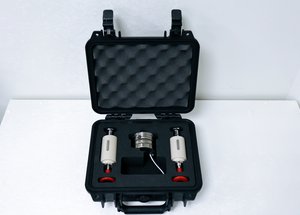Scientific papers
Ensuring uniform drug distribution within rapidly disintegrating tablets is a critical quality criterion for achieving a consistent, controlled, and targeted release of the active pharmaceutical ingredients they contain. This study utilized synchrotron phase-contrast X-ray microtomography to investigate the distribution of drug particles in mini-tablets. The mini-tablets, weighing 9.5 mg, had varying drug loads ranging from 2.5% to 20%. Moxidectin, a drug used to treat parasitic infections, served as the model compound. The drug content spanned from 91% to 121% of the target dose. A linear iterative clustering (SLIC) superpixel method was employed for segmentation, analysis, and visualization of the spatial distribution of individual tablet components, including pores, excipients, and drug. The results revealed non-uniform drug distribution within the tablet, indicating an increased concentration of drug particles towards the outer boundaries of the tablets. This suggests a radial displacement of drug particles during the compaction process. The method presented in this study enables quantitative analysis of drug content and distribution within pharmaceutical tablets, providing insights for optimizing formulations of fast-disintegrating tablets. The findings also indicate that drug loads of up to 20% do not lead to segregation for moxidectin.
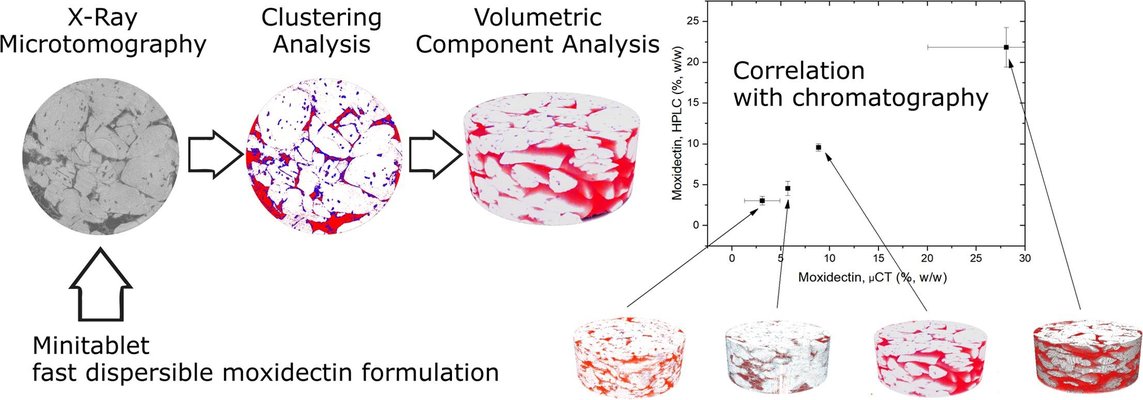
Comments
No comments posted yet.
Add a comment


